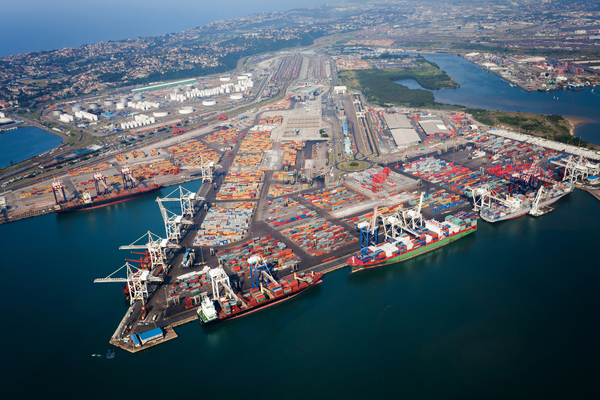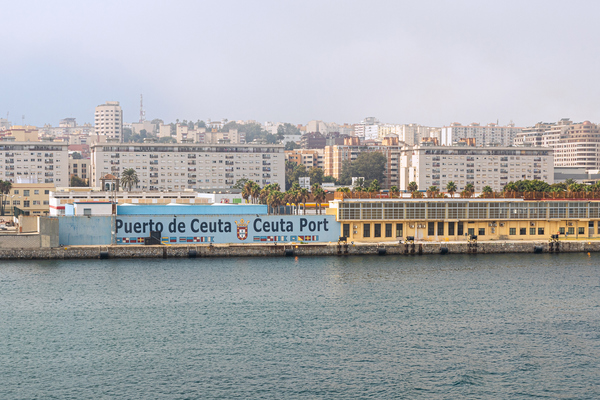Europe & Africa Market Update 16 Apr 2025
European and African bunker benchmarks have tracked Brent's upward movement, and securing prompt HSFO supply can be difficult in the ARA hub.
 IMAGE: Port of Ceuta, Spain. Getty Images
IMAGE: Port of Ceuta, Spain. Getty Images
Changes on the day to 09.00 GMT today:
- VLSFO prices up in Gibraltar ($13/mt), Durban ($12/mt) and Rotterdam ($10/mt)
- LSMGO prices up in Gibraltar ($15/mt) and Rotterdam ($10/mt)
- HSFO prices up in Gibraltar ($14/mt), Durban ($8/mt) and Rotterdam ($6/mt)
- Rotterdam B30-VLSFO premium over VLSFO down by $48/mt to $267/mt
Bunker prices across key European and African ports have moved upward in the past day. Of the three major ports, bunker prices in Gibraltar have seen the steepest increase. As a result, price premiums for all three grades in Gibraltar have widened compared to Rotterdam.
Gibraltar's HSFO, VLSFO and LSMGO grades are currently priced at premiums of $50/mt, $41/mt and $64/mt over Rotterdam, respectively.
In the ARA hub, securing prompt deliveries of HSFO can be difficult. Lead times of 8-10 days are recommended for HSFO, 5-7 days for VLSFO and 3-5 days for LSMGO, according to a trader.
Hi5 spread has widened in Rotterdam in the past day, while it has narrowed in Gibraltar.
After multiple days of adverse weather conditions that caused unstable bunkering in the Gibraltar Strait, weather conditions have cleared up to resume operations in Gibraltar, Algeciras and Ceuta, according to port agent MH Bland. The number of vessels waiting for bunkers at Gibraltar remains unchanged from yesterday at three. Strong congestion has been reported at inner anchorage in Algeciras today.
Brent
The front-month ICE Brent contract has gained by $0.43/bbl on the day, to trade at $65.25/bbl at 09.00 GMT.
Upward pressure:
Brent’s price moved higher as global investors found some relief after the US administration temporarily paused some tariffs for 90 days.
While there are no significant upward pressures on Brent’s price at the moment, easing tariff-related concerns have helped prevent a further decline.
Market participants are now waiting to see the outcomes of trade negotiations between the US and its trading partners during the 90-day pause period.
Downward pressure:
Brent’s price felt some downward pressure after the American Petroleum Institute (API) reported a surge in US crude stocks. US crude oil inventories gained by 2.4 million bbls in the week ending 11 April, according to API estimates.
A buildup in inventories typically signals weaker oil demand, which can put downward pressure on Brent's price. “The demand picture for oil looks anything but rosy,” SPI Asset Management managing partner Stephen Innes remarked.
Additionally, the Paris-based International Energy Agency (IEA) now sees global oil demand to grow by 730,000 b/d in 2025, about 300,000 b/d lower than its previous estimate. This news has also capped Brent’s price gains.
“Traders are looking past the surface print and zeroing in on the soft underbelly: bloated inventories, sluggish demand recovery, and a tariff war that’s morphing into a slow bleed for global trade flows,” Innes added.
By Samantha Shaji and Aparupa Mazumder
Please get in touch with comments or additional info to news@engine.online

Contact our Experts
With 50+ traders in 12 offices around the world, our team is available 24/7 to support you in your energy procurement needs.


